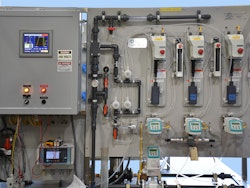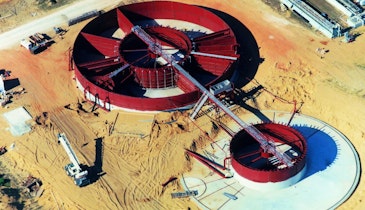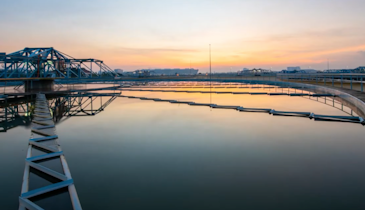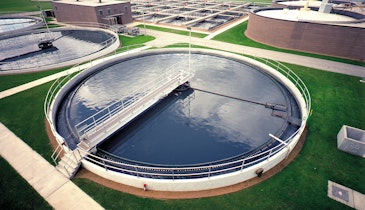
The 34 mgd Otay Water Treatment Plant in San Diego, California, serves a population of approximately 200,000. It is a conventional treatment plant that uses coagulation, flocculation, sedimentation, filtration and disinfection. The plant receives raw water from two different sources — imported water from the Colorado River and runoff water from three local reservoirs.
With the introduction of the EPA’s Stage 2 Disinfectants and Disinfection Byproducts Rule (Stage 2 DBPR), regulations became more stringent for trihalomethanes and haloacetic acids. As a result, the current method of chlorine disinfection was no longer an effective solution and the plant decided to pursue a new DBP control strategy.
Complying with Stage 2 DBPR
Although the system had been compliant under the Stage 1 DBPR, the utility realized it needed to change its primary disinfection agent in order to comply with Stage 2 DBPR. Strict water conservation in its reservoirs created a high potential for producing DBPs (disinfection byproducts) with the current method of chlorine disinfection, due to high levels of total organic carbon in the raw water entering the plant. The utility looked at several options when determining a replacement for chlorine disinfection.
“We looked at ozone, but because of the bromide levels in lake water serving our plant, there was concern of bromate formation, a regulated disinfection byproduct,” says Jim McVeigh, senior water operations superintendent for San Diego’s Otay Water Treatment Plant. “We also looked at UV, but for UV to be effective you need to have fairly clear water. And although UV is an effective disinfectant, it does nothing to oxidize the water.”
Chlorine dioxide was selected as the most effective solution based on its ability to provide pre-oxidation and disinfection, while preventing the formation of THMs and HAAs.
Millennium III Chlorine Dioxide Generators
The utility installed Millennium III Auto Series Chlorine Dioxide Generators from Evoqua Water Technologies. The self-tuning, automatic generators produce chlorine dioxide in a two-stage reaction process under vacuum conditions to ensure maximum yield efficiency at 95 percent.
Download the case study to read the full result.
Download Case Study




